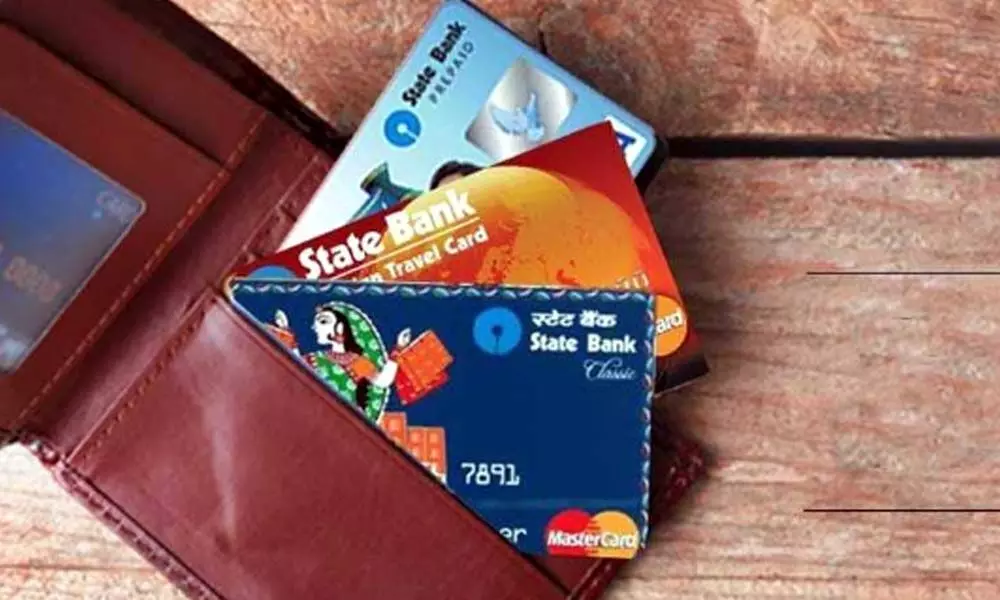SBI Introduces OTP-Based ATM Cash Withdrawal Rule From Today

From today, 1st January 2020, SBI's OTP-based ATM cash withdrawal come into effect.
Considering the rise on ATM-related frauds State Bank of India (SBI) has introduced a one-time password (OTP)-based cash withdrawal system for its ATMs. From today, 1st January 2020, SBI's OTP-based ATM cash withdrawal come into effect. India's largest lender already informed it's customers through a tweet about the new ATM withdrawal facility. SBI said that this facility would be available for transactions above ₹10,000 between 8 pm and 8 am. From now on, if you are planning to withdraw cash from SBI ATM after 8 pm, don't forget to take your phone along, as for OTP-based withdrawal, you will receive the one-time password on your mobile registered with the bank.
In order to protect you from unauthorized transactions at ATMs, we are introducing an OTP based cash withdrawal system. This new safeguard system will be applicable from 1st Jan, 2020 across all SBI ATMs from 8 PM to 8 AM. pic.twitter.com/zvsy1aUTUE
— State Bank of India (@TheOfficialSBI) December 30, 2019
How SBI customer withdraw cash through OTP
Through this process, once the cardholder enters the withdrawal amount, the ATM screen displays the OTP screen. SBI customers need to enter the OTP received on the mobile number registered with the bank in this screen for getting the cash.
The facility doesn't need will not any major change in the present process to withdraw cash from SBI ATMs.
SBI OTP-based ATM transaction not applicable at other bank ATMs
This facility will not be applicable for transactions at other bank's ATM as this functionality has not been developed in the National Financial Switch (NFS). NFS is the largest interoperable ATM network in India, and it manages more than 95% of the domestic interbank ATM transactions.
This additional factor of authentication will protect SBI customers from unauthorised ATM cash withdrawals.
Till now, SBI customers used to walk into the ATM and withdraw cash just by entering their PIN. More banks are likely to follow this suit as fraudulent ATM cash withdrawals are on the rise. As of now, the banks alert customers through SMSes whenever money is debited from their account.














